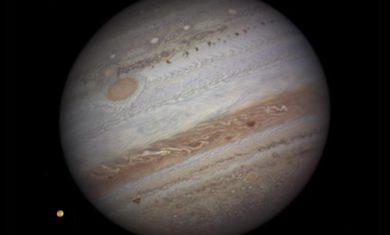Adler Skywatch: January 2024
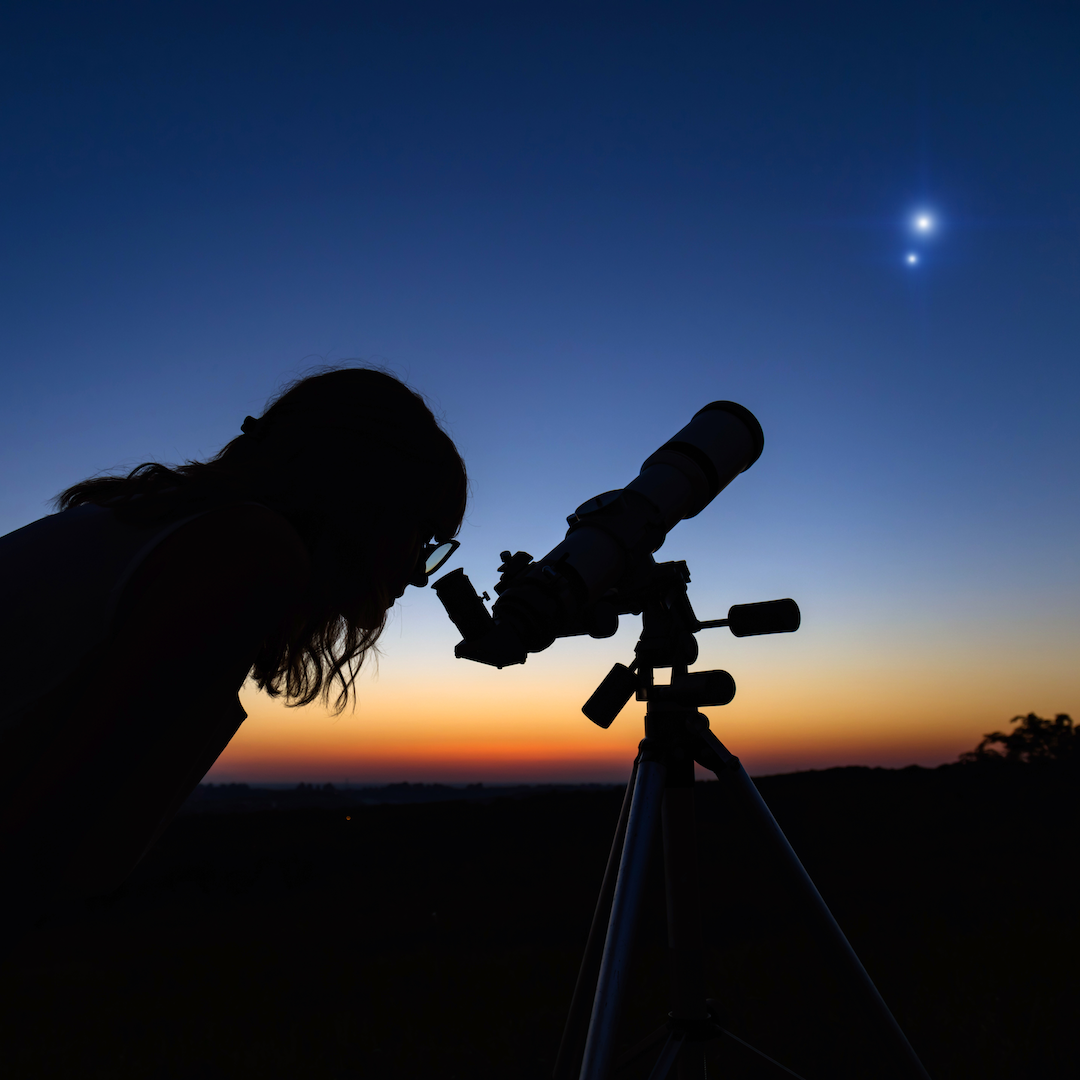
Header image: Person looking through telescope, observing two bright objects in the sky at dusk.
Planet Earth is at its closest point to the Sun for the year this month, January 2024.
Perihelion—the point in Earth’s annual orbit when it’s closest to the Sun—is ringing in the new year with us on January 2! During perihelion, Earth is about 91.4 million miles away from the Sun. At aphelion—when Earth is farthest from the Sun in its orbit—Earth is roughly 3 million miles further away from the Sun than it is at perihelion. This year, Earth’s aphelion occurs in July.
Quirky Quadrantids
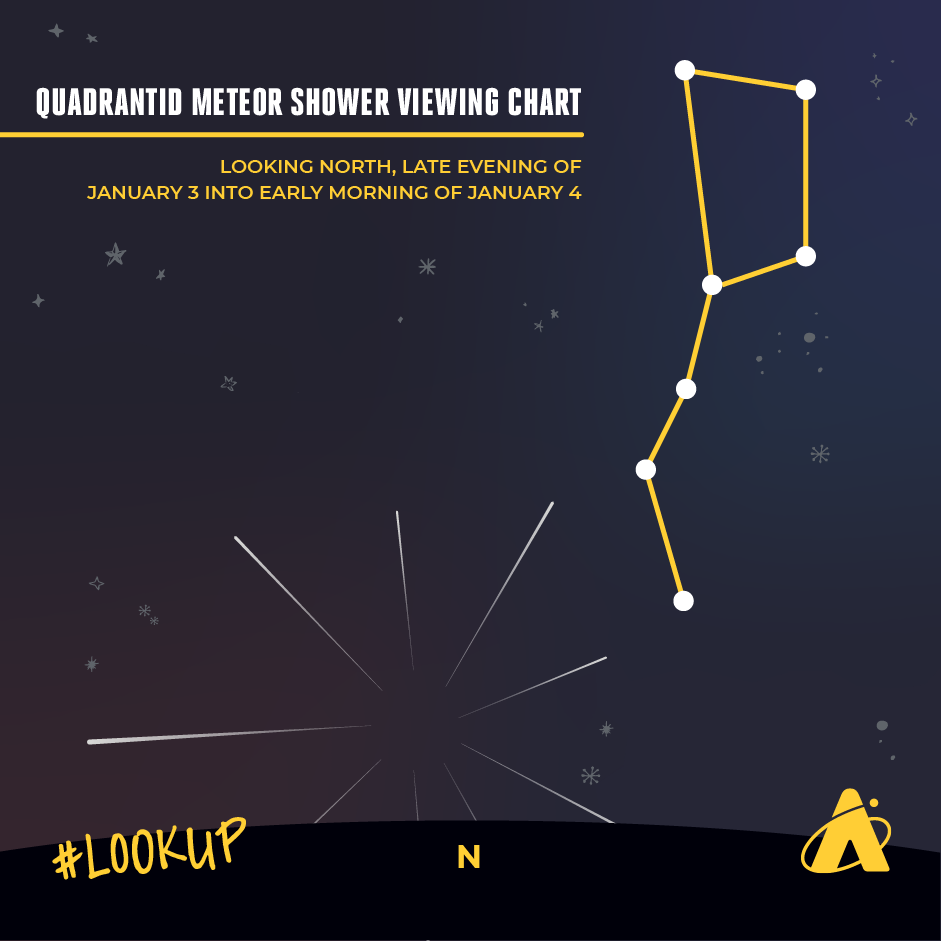
Another major meteor shower takes place in January, the Quadrantids. The last-quarter Moon will be lighting up the night sky after midnight, and the extra light will blot fainter meteors from view. This year, the best time to see the Quadrantids is during morning twilight on January 4. Those who are extra eager can also start looking the evening of January 3 before moonrise.
The shower’s radiant is near the easy-to-spot Big Dipper asterism. Unfortunately, it may be difficult to spot the Quadrantids this year due to the brighter skies and a shorter peak duration of only 6 hours long. If this 6 hour peak doesn’t happen while it is dark where you are, or it happens while you are under a light-polluted sky, you can expect to see far fewer meteors. If you’d like to try spotting some Quadrantids, bundle up for the weather, find an outdoor spot far from extraneous light, give your eyes at least 20 minutes to get acclimated to the darkness, and look up!
Planet Spotting
The brightest planet, Venus, rises in the east-southeast nearly 3 hours before sunrise early in the month, and about 2 hours before sunrise later in the month. The morning of January 8, Venus appears near a very slim waning crescent Moon, just 3 days before the new Moon. Incidentally, that same morning, the crescent Moon is only a fraction of a degree above the first-magnitude star Antares, from the constellation Scorpius. About 40 minutes before sunrise, if you look 10 degrees below and to the left of Venus, you may be able to glimpse Mercury close to the horizon.
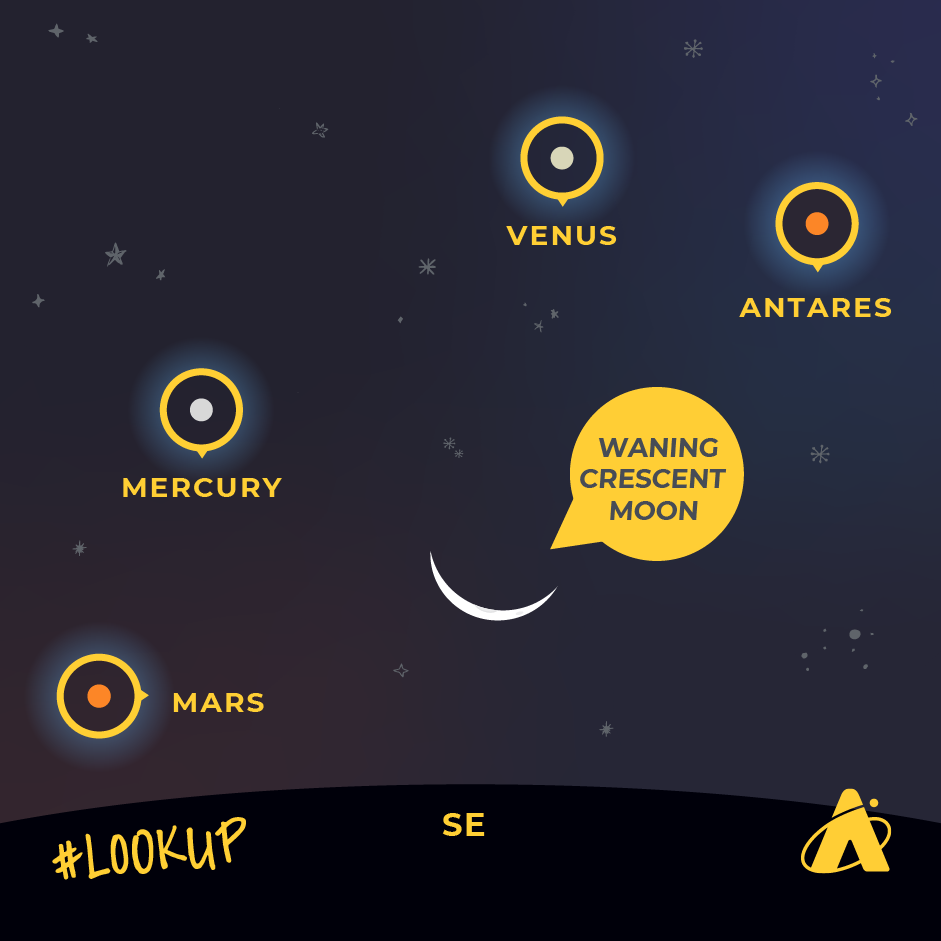
The last week of the month, the planet Mars appears near Mercury; but Mars may be too dim and too close to the horizon to actually see. On January 27, the two planets will be ¼ of a degree apart and low to the southeast about 45 minutes before sunrise. Mercury is brighter than Mars this month, but Venus substantially outshines them both.
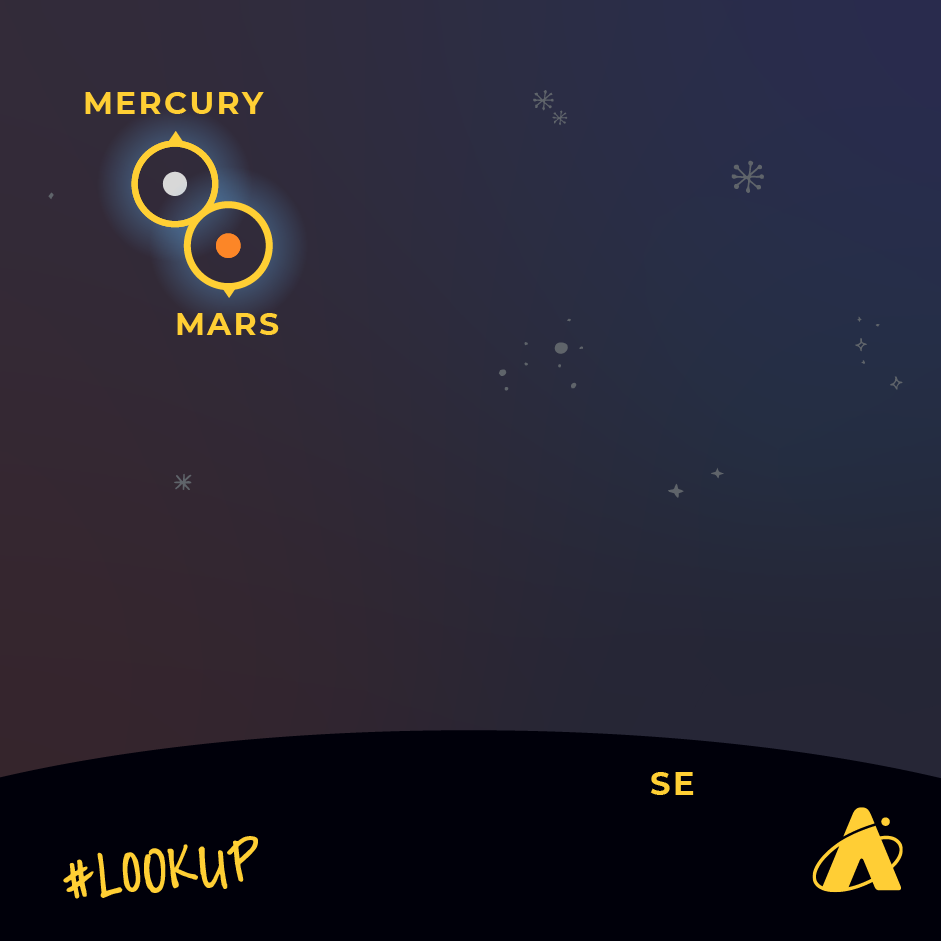
The planet Jupiter dominates the night sky this month. After sunset, it comes into view in the southeast sky early in the month, and in the southern sky later in the month. The evening of January 17, Jupiter appears just to the left of a waxing gibbous Moon, and on January 18, it appears just below the Moon. In the Chicago area, look for this conjunction in the southeast sky soon after sunset. It will appear high above the southern horizon around 6:30 pm CST and low in the west shortly before midnight. Jupiter sets in the west around 1:00 am early in the month, and around 11:00 pm by month’s end.

The planet Saturn shines at about first-magnitude this month. It appears about 30 degrees high in the south-southwest sky during evening twilight the first week of the month. But the Sun sets later each day this month; so when Saturn finally can be seen in the growing darkness, it’s lower and further west in the sky. By month’s end, it appears only about 20 degrees above the west-southwest horizon. On January 1, it sets in the west-southwest around 8:30 pm, and on January 31, it sets around 7:00 pm.
Moon Phases
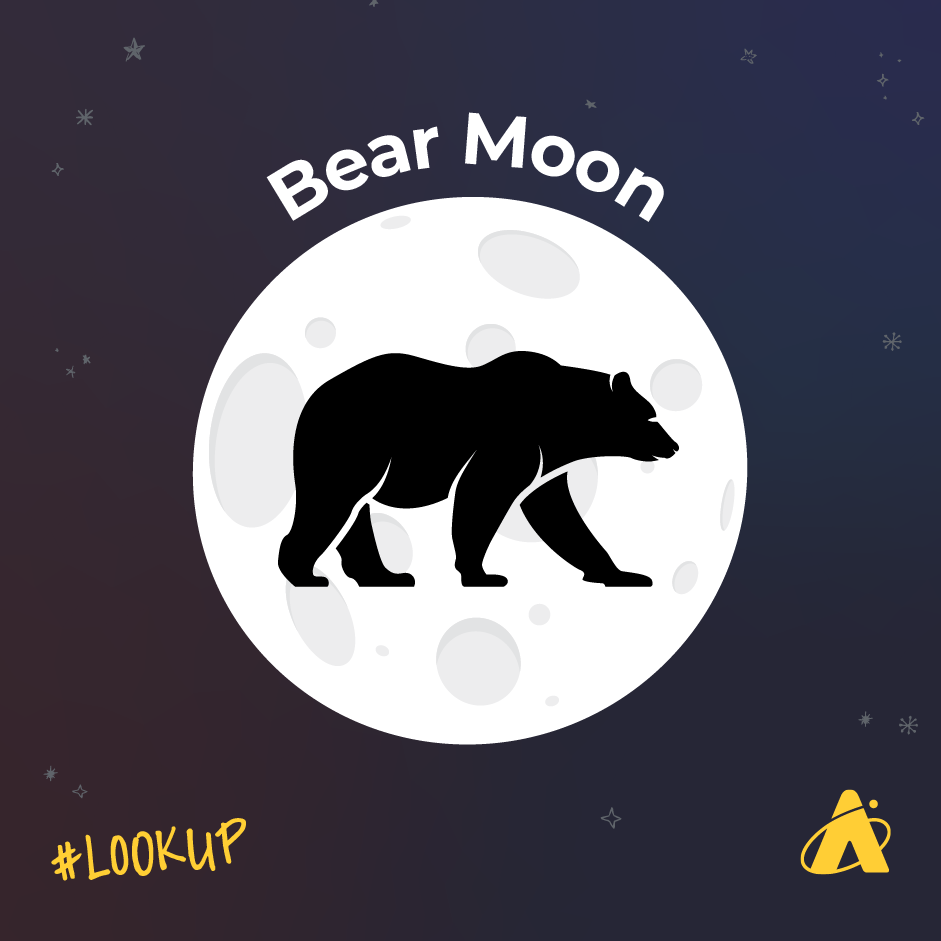
Last Quarter Moon: January 3
New Moon: January 11
First Quarter Moon: January 17
Full Moon: January 25
Please note: these descriptions are for the Chicago area, using Central time.
Subscribe To Skywatch Wednesday This January!
Tour the sky with the Adler Planetarium’s Theaters Manager, Nick, in Skywatch Wednesday. Nick uses cutting edge visualizations, NASA images, and astrophotography to show you what you can see in the night sky throughout the year.
Check out Nick’s latest episode—AKA your ultimate guide to winter stargazing and planet spotting! Nick explains how to use the Winter Circle to find constellations and stars, and takes a closer look at famous constellations—like Orion, Taurus, and Gemini—and the full Moon.
Learn From Our Astronomy Educators!
Watch exclusive live episodes of Sky Observers Hangout this January! Learn how to observe upcoming cosmic happenings, enhance your astrophotography skills, and see celestial objects through a telescope virtually with our astronomy educators.
In our latest episode, Michelle and Hunter guide you through the annular solar eclipse on October 14, 2023, and help you prepare for the next solar eclipse on April 8, 2024!





